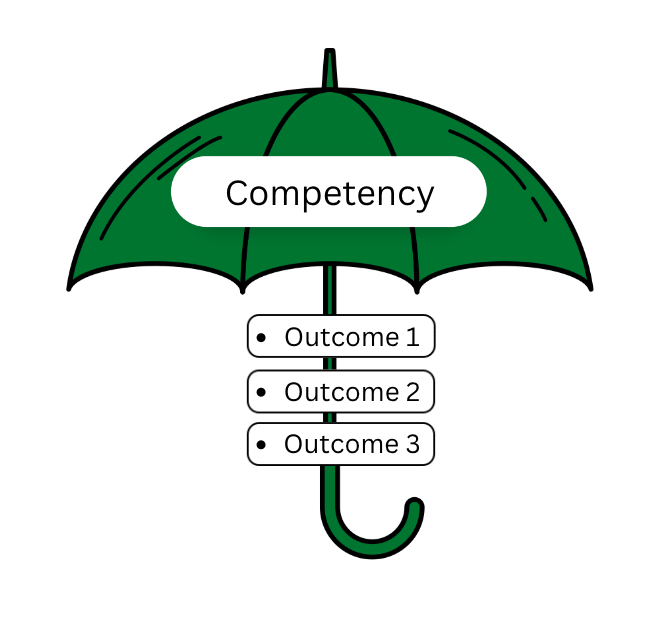Tools and Strategies for “Hot Topics”- Part 3 of 3
By Tereigh Ewert
After the difficult conversation or incident in class
I regularly use formative feed-back in my class—feedback that is solicited over the course of a term, allowing me to measure student progress, highlighting concepts that are still unclear, and to hear from the students about what is and is not creating an effective learning environment. The formative feedback tool below is new to me, and will be very helpful in determining if and how the difficult topics are addressed in class were ultimately beneficial, or that they require follow-up.
The Critical Incident Questionnaire
At the end of the day (or week, or unit, or other appropriate time period), set aside 10 minutes for the class to respond, in writing, to a few specific questions. (This may be especially helpful to do when a class session has been particularly difficult or tense).
- At what moment were you most engaged as a learner?
- At what moment were you most distanced as a learner?
- What action that anyone in the room took did you find most affirming or helpful?
- What action that anyone in the room took did you find most puzzling or confusing?
- What surprised you most?
Keep all of the responses anonymous, and collect them at the end of the class. Read and analyze the responses, and compile them according to similar themes and concerns. Most important is that you report back to the group at the next meeting, and allow time for comments and discussion. (Borrowed from Vanderbilt University)
If properly prepared, you will actually find that the difficult topics and discussions allow a class to dig deeply into an issue, example, or situation that can take us beyond classroom readings and into ‘real world’ contexts, making learning even more meaningful, relevant, and transformative.


